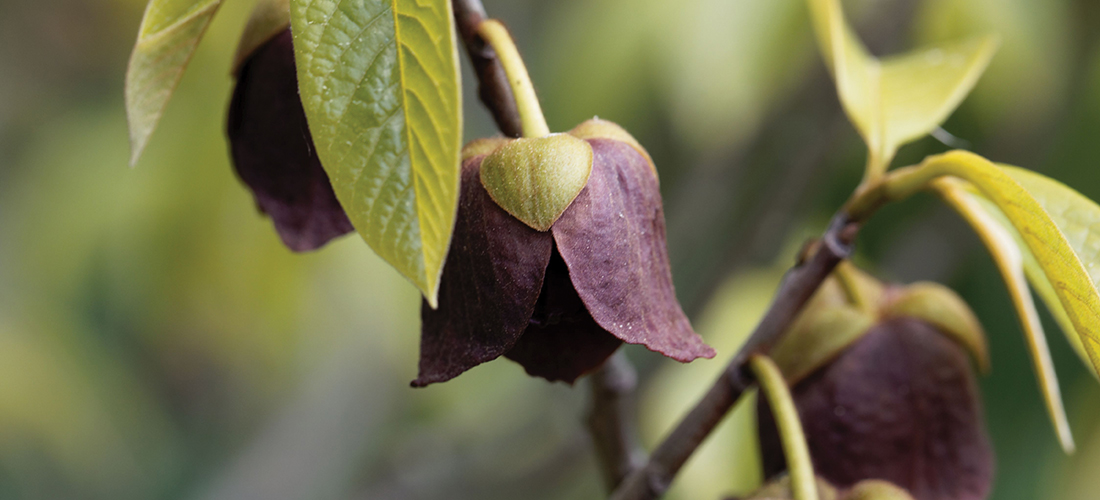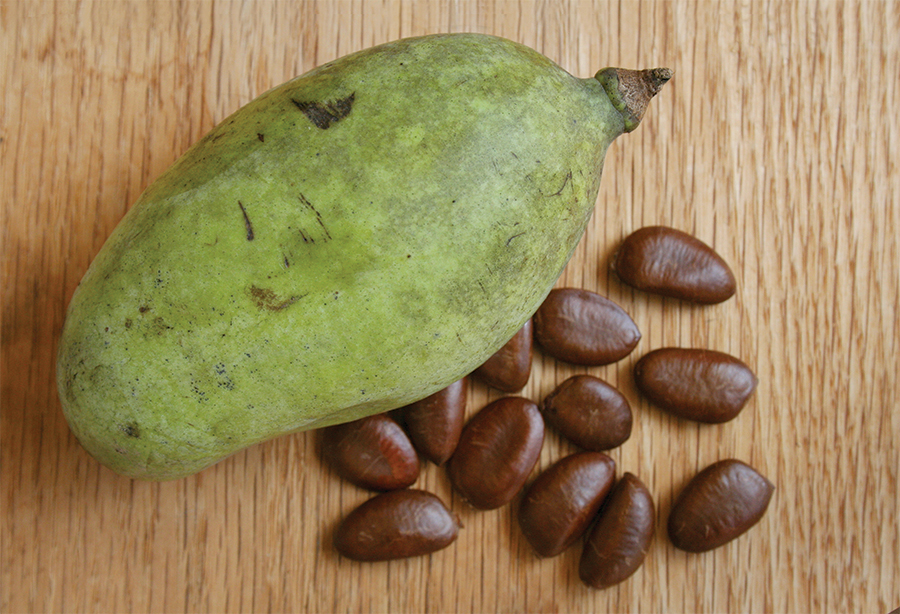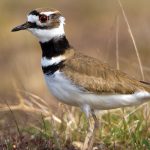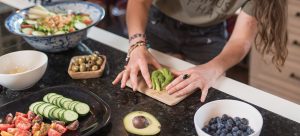
Paw de Deux
Or as we say in the South, “Paw Paw”
By Ross Howell
A simina triloba — a.k.a. pawpaw, papaw, paw paw, paw-paw, American custard apple, poor man’s banana, Quaker delight, hillbilly mango, Appalachian banana — is a small, deciduous tree native to the eastern United States and Canada, growing as far west as Nebraska. Mature trees can reach a height of 35 feet, producing maroon-colored flowers and sweet-tasting, aromatic fruit, the largest edible fruit native to North America, if you don’t count squash — and who other than the most persnickety of botanists would count squash as a fruit?
The pawpaw once enjoyed considerable popularity. Its earliest documented mention — according to Owen Native Foods of Cross Junction, Virginia, — is found in a 1541 expedition report of the Spanish explorer Hernando de Soto, who discovered Native Americans cultivating the plant east of the Mississippi River.
During the Lewis and Clark Expedition, 1804–1806, the adventurers consumed pawpaws during their journey. Chilled pawpaw fruit was a favorite dessert of George Washington at Mount Vernon, and Thomas Jefferson planted pawpaws at his home, Monticello.
The pawpaw has a folk tradition, too. As part of my elementary school education in the mountains of Virginia, I learned to sing this little ditty:
Where, oh where is pretty little Susie? [repeated three times]
Way down yonder in the pawpaw patch.
Pickin’ up pawpaws, puttin’ ’em in her pocket, [repeated three times]
Way down yonder in the pawpaw patch.
Important safety tip! Pretty little Susie’s “pocket” was an apron. Pawpaw fruit is remarkably mushy when ripe, so you don’t want to tuck one in the hip pocket of your new Wranglers.
In the wild, pawpaws are understory trees, flourishing in fertile bottomland under the shade of taller trees, often propagating by sending up new saplings from their roots. So they’re often encountered in a “patch,” as in the lyrics of my boyhood song.
But there are exceptions.
Dara Dobson, who owns 7 Pines Native Plant Nursery near Defuniak Springs, Florida, explains that “more mature pawpaw trees are better able to stand strong sunlight.” Charlie Headington, a professor in UNCG’s Master’s in Applied Arts & Sciences program and advocate for low-maintenance, organic, edible and diverse community gardens, notes there are two pawpaws growing in full sunlight at Greensboro Montessori School on Horse Pen Creek Road. “They’re 10 to 12 feet tall and are located to the left of the school building in a terraced garden,” Headington says. “You can’t get in the gate but you can look at them over the fence that has scuppernong grapevines woven through it.
“There are two smaller pawpaws in the Meeting Place garden at the corner of Smith and Prescott streets,” Headington adds. “They’re labeled for identification.”
In addition to sending up saplings from their root systems, pawpaws also reproduce by way of flowers and the big seeds their fruit encases.

To my knowledge there are no songs celebrating the fragrance of the pawpaw flower, and for good reason. They produce little to no odor at all, but what fragrance they do emit smells remarkably like roadkill. Alas, the trees’ leaves, twigs and bark are also foul-smelling, loaded with natural insecticides called acetogenins. Rarely are their leaves eaten by rabbits or deer.
But they’re quite tasty to the palates of zebra swallowtail butterfly larvae. Not only do the larvae enjoy protection from the predation of birds and other critters by virtue of the acetogenins they ingest with the leaves, the spectacularly colored adult butterflies do, as well.
Raccoons, squirrels, opossums and other critters enjoy eating the ripe fruit of the pawpaw, thus helping spread its seed in the forest.
“Opossums are traditionally the raiders of the pawpaw patch,” says Greensboro resident David Waller, professor emeritus of the department of Biological Sciences at Kentucky State University, “but I bet bears were more important to the tree in pre-settlement America.”
Waller first heard about the pawpaw during a discussion with a KSU botanist friend about guanabana, a fruit found in Mexico that’s a relative of the pawpaw. Later he discovered a pawpaw patch thriving in a marshy area on the KSU campus.
“On sunny days, it was so pleasant to visit there and be in the bright green light under the huge leaves close overhead,” Waller says. “In spring the shocking, big, brown-petaled flowers popped out of woody branches, then came the lumpy-sausage fruits, fragrant when ripe in late summer — all surprisingly exotic, yet it’s a native tree!”
KSU has the only full-time pawpaw research program in the world. Focusing on issues like propagation, genetic diversity, orchard management, and techniques to improve fruit ripening and transport, the university hosts an international festival, which last year drew representatives from 19 states and European countries including Holland, Slovenia and Germany.
National Public Radio’s Ally Schweitzer, writing about a couple who’d planted a pawpaw orchard in rural Maryland, notes that with consumers’ increasing desire for fresh, locally produced foods, farmers markets and trendy breweries and eateries have “embraced the fruit.” These developments have even earned the pawpaw a new alias — “hipster banana.”
Interested in learning more about the resurgent pawpaw?
The 21st Annual Ohio Pawpaw Fest 2019 is scheduled for September 13–15 near Lake Snowden, Albany, Ohio. Waller has attended the festival a couple of times. “It’s an enthusiastic social event with plenty of pawpaw information, souvenirs and some saplings in pots to plant in your own back yard,” he says. “Along with other nature stuff by local groups.”
Closer by is the N.C. Cooperative Extension’s North Carolina Pawpaw Festival, which takes place in Forsyth County, usually on the last Saturday in August. While an event isn’t planned for 2019, vendors at past N.C. festivals have offered seeds and saplings for planting, ripe fruit for eating, along with samples of pawpaw and spiceberry jam, pawpaw gelato and pawpaw beer! You can follow the N.C. Pawpaw Festival on Facebook using the handle @ncpawpaw. OH
Ross Howell Jr. planted a native pawpaw in a wet area at the far end of the lot at his wife Mary Leigh’s house in Florida. There was no discussion about the fragrance of pawpaw flowers before he planted the sapling, and he hopes there never will be.





